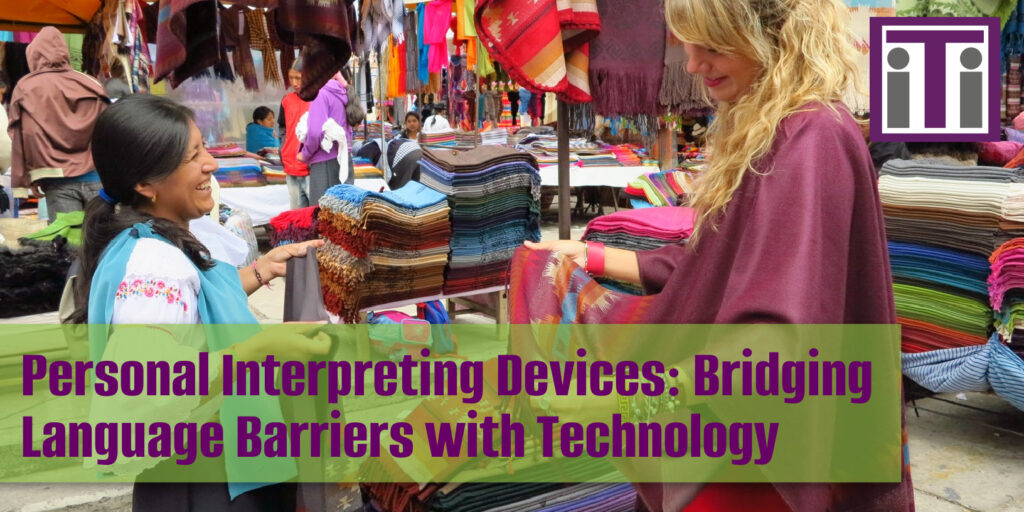Website Localization: The Key to Expanding Market Share
Reading Time: ~2 mins

What is Localization in Translation?
Localization is the process of adapting text, images, videos, marketing campaigns and more, to fit the linguistic, cultural and societal norms of your target audience.
Consider this: Roughly 6 billion people speak a language other than English. What’s more, there are 4.7 billion internet users and the U.S. doesn’t even make the top 10 list in terms of internet accessibility.
According to CSA Research, a market research firm, 76% of international online shoppers prefer to buy from websites in their native language. But catering to international customers requires more than translation. It demands localization.
In essence, localization is making something that was produced outside of a particular region feel like it was crafted specifically for people who live in that region. All of the biggest global brands localize, but they became global because they started by acting local.
Take the example of McDonald’s menu in France: The fast-food king’s signature McFlurry’s flavors include Crème Brûlée. For the record, France–the land of fine dining–is McDonald’s second-most profitable market!
Localization services go beyond matching text. They help you connect with consumers on a more meaningful level by creating content that resonates culturally. Localization builds trust and credibility, which results in customer loyalty.
Most importantly, localization is how you expand your reach, which generates revenue. A recent industry study showed that every $1 invested in website localization returns $25 dollars. That’s a ROI of 2,400%!
That was one of many things discussed at our 2022 Export Week presentation. If you missed it, you can see a recording of a previous presentation here.
To read more check out this related content on the “Localization Guide”
Note: Originally posted April 28, 2021. Content updated June 3, 2022.





